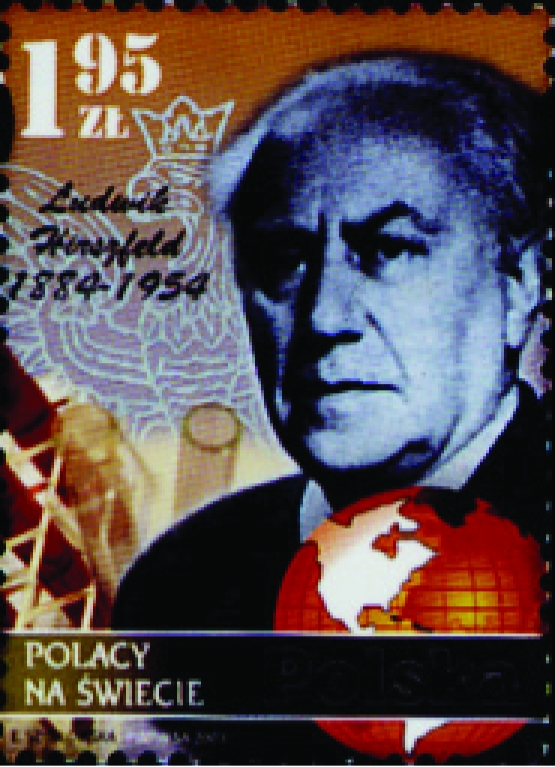
Ludwik Hirszfeld, the son of a rich industrialist, was born on August 5, 1884, in Warsaw, Poland. After graduating from high school in Lodz, Poland, in 1902, he became a student of medicine in Wurzburg, Germany (1902-1904). He continued his university studies in Berlin and in 1907 was awarded the PhD degree with honors after completing a thesis on the agglutination of blood. After graduating, he worked in Heidelberg, Germany, and in 1911 was employed in Zurich, Switzerland, at the Department of Hygiene. In 1914, he became associate professor after completing a thesis on anaphylaxis.
In 1915, Hirszfeld volunteered his services in Serbia to participate in the control of typhus epidemics. He and his physician-wife organized the first microbiology laboratories in Serbia and provided education to bacteriologists. In 1920, they returned to Poland, where Hirszfeld headed the bacteriologic and serologic units at the State Institute of Hygiene and served as professor at Warsaw University. When World War II started in 1939, the German Nazis removed Hirszfeld from all positions. They offered him a few foreign scientific posts, but he refused and stayed in Warsaw. In 1941, he and his wife were sent to the Jewish ghetto. In 1943, a day before being sent to an extermination camp, the Hirszfelds escaped from the ghetto and lived in secret in small villages in central Poland.
After the end of the war, Hirszfeld became a deputy rector of the Lublin University (Poland) and later the first dean of the Polish Medical School at Wroclaw University (Poland). In 1954, he founded the Institute of Immunology and Experimental Medicine of the Polish Academy of Sciences, now named “The Hirszfeld Institute of Immunology and Experimental Medicine.”
Hirszfeld described a new microorganism that caused typhoid fever, now known as Salmonella hirszfeldi. In Warsaw, he discovered the substance “H” and showed that persons with blood group O have that substance in their erythrocytes, a finding contrary to what was previously believed. After World War II (1939-1945), Hirszfeld published a method of preventing maternal-fetal incompatibility (erythroblastosis fetalis) and introduced it into clinical practice.
Hirszfeld was an honorary doctor of the Prague and Zurich universities, and in 1950 was a candidate for the Nobel Prize. He published a book, A History of One Life, which included his memories from the ghetto. Ludwik Hirszfeld died in Wroclaw on March 7, 1954, at the age of 69 years. In 2009, Poland issued a stamp commemorating Ludwik Hirszfeld.


